demotic
« Une introduction Ă la « formule pour prĂ©senter les offrandes » (en marge d’une publication prochaine, 1) »
ENiM 12, 2019, p. 181-200.
 Essai de synthèse sur une formule religieuse dont les premières attestations remontent au tout début du Nouvel Empire, réalisé ici sur la base d’une version démotique conservée sur le P. Bodl. MS. Egypt. a.3(P). Le texte est dépourvu de titre, mais il s’agit, comme l’indiquent plusieurs parallèles, d’un des derniers témoins connus d’une « formule pour déposer les offrandes » (rA n wAH xwt). Son analyse linéaire, mais aussi l’examen des différents contextes où elle apparaît au cours de son histoire, permet d’en situer la lecture dans le calendrier religieux. La présence de cette formule dans le manuscrit d’Oxford à côté d’une version originale du Rituel de faire sortir Sokar de la STyt dont la lecture tombe le 25 Khoiak (date explicitement mentionnée en II, 1), ainsi que nombre d’éléments internes, confirment si besoin était son appartenance au corpus des rites osiriens de ce mois.
Essai de synthèse sur une formule religieuse dont les premières attestations remontent au tout début du Nouvel Empire, réalisé ici sur la base d’une version démotique conservée sur le P. Bodl. MS. Egypt. a.3(P). Le texte est dépourvu de titre, mais il s’agit, comme l’indiquent plusieurs parallèles, d’un des derniers témoins connus d’une « formule pour déposer les offrandes » (rA n wAH xwt). Son analyse linéaire, mais aussi l’examen des différents contextes où elle apparaît au cours de son histoire, permet d’en situer la lecture dans le calendrier religieux. La présence de cette formule dans le manuscrit d’Oxford à côté d’une version originale du Rituel de faire sortir Sokar de la STyt dont la lecture tombe le 25 Khoiak (date explicitement mentionnée en II, 1), ainsi que nombre d’éléments internes, confirment si besoin était son appartenance au corpus des rites osiriens de ce mois.
 A summary report about a religious formula whose first attestations date back to the very beginning of the New Kingdom. The starting point for this study is a demotic version written on P. Bodl. MS. Egypt. a.3(P). The text is preceded by no title but it is, as shown by several parallels, one of the last known attestations of a “formula for presenting offerings” (rA n wAH xwt). Its linear analysis, but also examination of the different contexts in which it appears throughout its history, make it possible to situate the reading in the religious calendar. The presence of this formula in the Oxford manuscript next to an original version of the Ritual of bringing Sokar out of the STyt, read on 25 Khoiak (this date is explicitely specified in II, 1), as well as many internal elements, confirm if need be its place in the corpus of the rites performed that month.
A summary report about a religious formula whose first attestations date back to the very beginning of the New Kingdom. The starting point for this study is a demotic version written on P. Bodl. MS. Egypt. a.3(P). The text is preceded by no title but it is, as shown by several parallels, one of the last known attestations of a “formula for presenting offerings” (rA n wAH xwt). Its linear analysis, but also examination of the different contexts in which it appears throughout its history, make it possible to situate the reading in the religious calendar. The presence of this formula in the Oxford manuscript next to an original version of the Ritual of bringing Sokar out of the STyt, read on 25 Khoiak (this date is explicitely specified in II, 1), as well as many internal elements, confirm if need be its place in the corpus of the rites performed that month.
 Consulter cet article (39963) -
Consulter cet article (39963) -  Télécharger cet article au format pdf (19701)
Télécharger cet article au format pdf (19701)
« ThĂ´nis-HĂ©raclĂ©ion : Ostraca sous la mer »
ENiM 15, 2022, p. 321-334.
 Deux ostraca inscrits encore lisibles après plus de 2000 ans d’immersion dans l’océan ont été mis au jour sur le site immergé de Thônis-Héracléion dans un contexte archéologique fin cinquième siècle/début quatrième av. J.-C. L’un, en démotique, malheureusement incomplet, est une lettre de type « requête », l’autre, en hiératique, employant un hiéroglyphe archaïque, montre un groupe de signes en rapport, semble-t-il, avec le repas royal. Les deux fragments ont été relevés à environ 13 mètres de distance l’un de l’autre sur une île couverte d’offrandes située à l’entrée de la bouche Canopique.
Deux ostraca inscrits encore lisibles après plus de 2000 ans d’immersion dans l’océan ont été mis au jour sur le site immergé de Thônis-Héracléion dans un contexte archéologique fin cinquième siècle/début quatrième av. J.-C. L’un, en démotique, malheureusement incomplet, est une lettre de type « requête », l’autre, en hiératique, employant un hiéroglyphe archaïque, montre un groupe de signes en rapport, semble-t-il, avec le repas royal. Les deux fragments ont été relevés à environ 13 mètres de distance l’un de l’autre sur une île couverte d’offrandes située à l’entrée de la bouche Canopique.
 Two inscribed ostraca still readable after 2000 years of immersion in the ocean were brought to light on the underwater site of Thônis-Héracleion in an archaeological context end of fifth/early fourth century B.C. The unfortunately incomplete one in demotic script is a letter of the type « request », the other in hieratic script using an archaic hieroglyph displays a group of signs apparently related to the royal repast. Both fragments were discovered at a distance of approximately 13 metres from each other on an island covered with offerings, located at the entrance of the Canopic mouth of the Nile.
Two inscribed ostraca still readable after 2000 years of immersion in the ocean were brought to light on the underwater site of Thônis-Héracleion in an archaeological context end of fifth/early fourth century B.C. The unfortunately incomplete one in demotic script is a letter of the type « request », the other in hieratic script using an archaic hieroglyph displays a group of signs apparently related to the royal repast. Both fragments were discovered at a distance of approximately 13 metres from each other on an island covered with offerings, located at the entrance of the Canopic mouth of the Nile.
 Consulter cet article (25761) -
Consulter cet article (25761) -  Télécharger cet article au format pdf (11838)
Télécharger cet article au format pdf (11838)
ENiM 18 - 2025
5 article(s) - 2 avril 2025.
ENiM 1 à 18 (2008-2025) : 224 articles
4 569 390 téléchargements
9 240 919 consulations.
Index des auteurs

Mots clés

Derniers articles : 
Robert Steven Bianchi
Duplication and Continuity
(ENiM 18, p. 13-36 — 11 mars 2025) 
Frédéric Mougenot
Rénénoutet à la porte de la maison
(ENiM 18, p. 1-12 — 29 janvier 2025) 
CENiM - Mise en ligne des volumes Ă©puisĂ©s : 
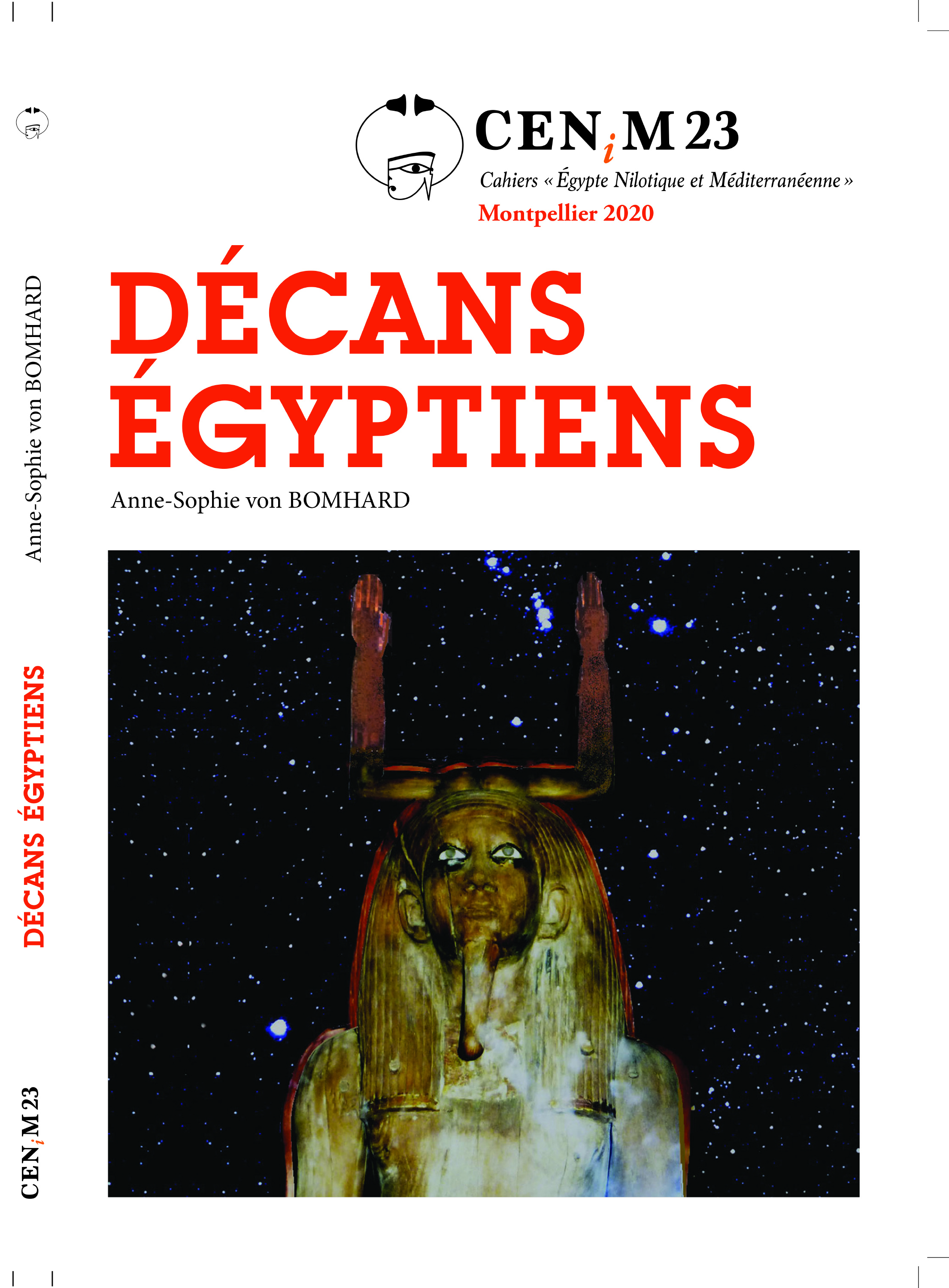 Anne-Sophie von BOMHARD DĂ©cans Ă©gyptiens, CENiM 23, Montpellier, 2020 — (2020)
Anne-Sophie von BOMHARD DĂ©cans Ă©gyptiens, CENiM 23, Montpellier, 2020 — (2020) 
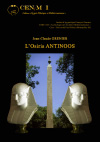 Jean-Claude Grenier L'Osiris ANTINOOS, CENiM 1, Montpellier, 2008 — (26 dĂ©cembre 2008)
Jean-Claude Grenier L'Osiris ANTINOOS, CENiM 1, Montpellier, 2008 — (26 dĂ©cembre 2008) 
TDENiM - Mise en ligne des volumes Ă©puisĂ©s : 
 Twitter
Twitter 3784955 visites - 837 visite(s) aujourd’hui - 20 connecté(s)
© ENiM - Une revue d’égyptologie sur internet
Équipe Égypte Nilotique et Méditerranéenne - UMR 5140 - « Archéologie des Sociétés Méditerranéennes » (Cnrs) - Université Paul Valéry - Montpellier III
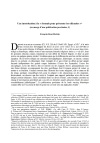
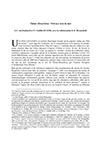
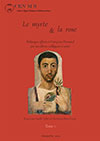
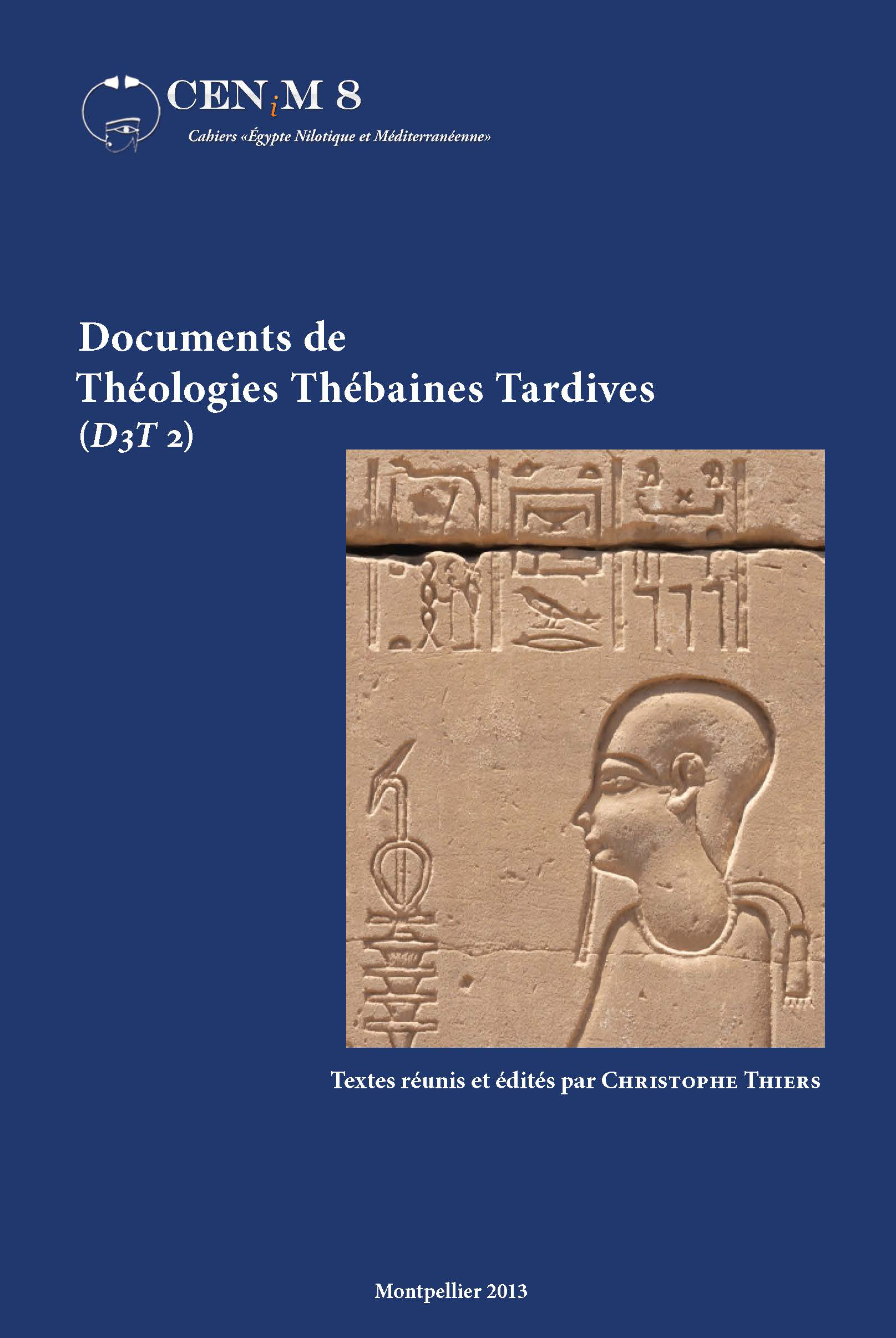
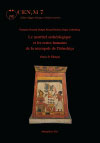
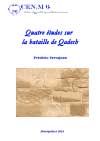
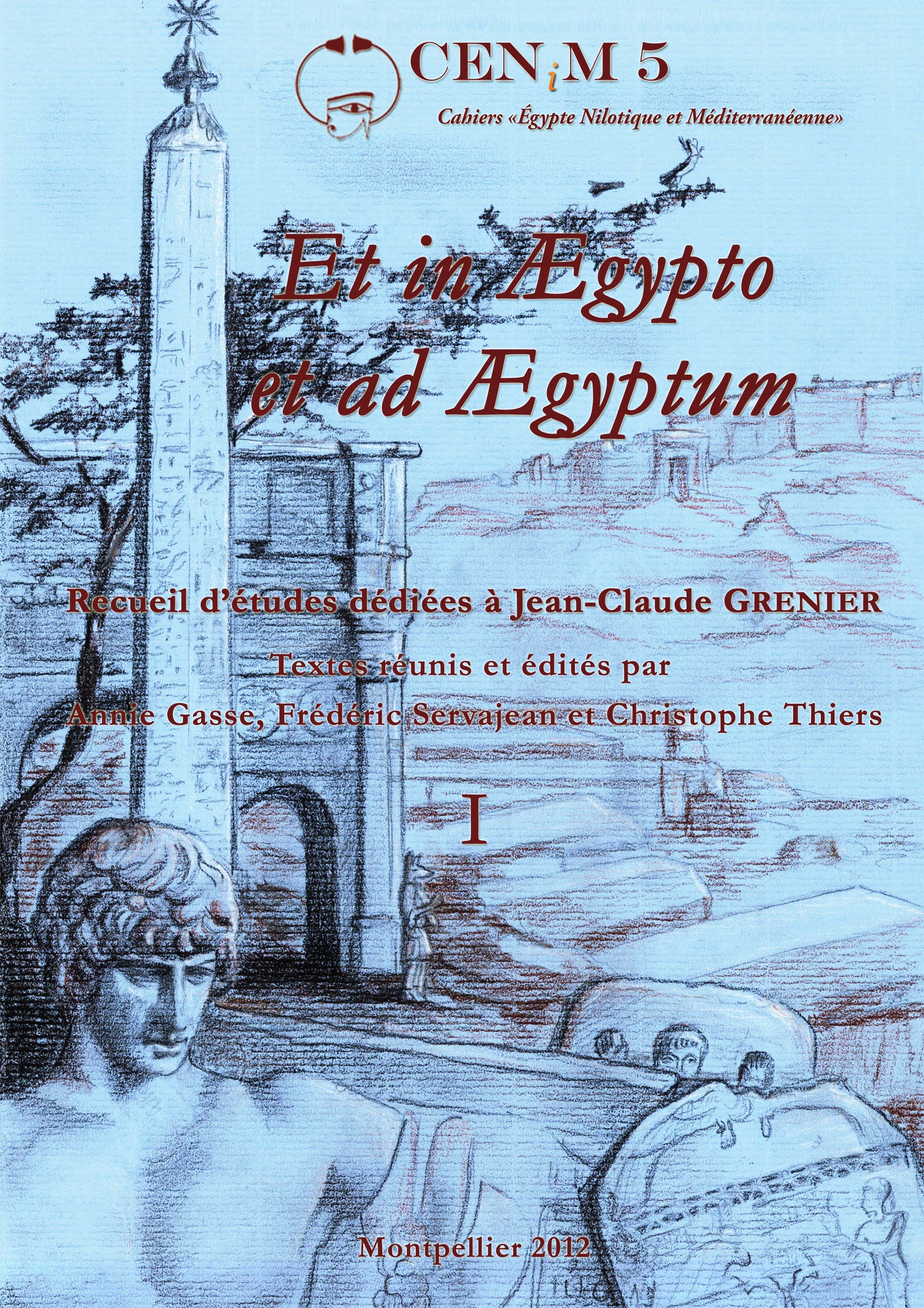
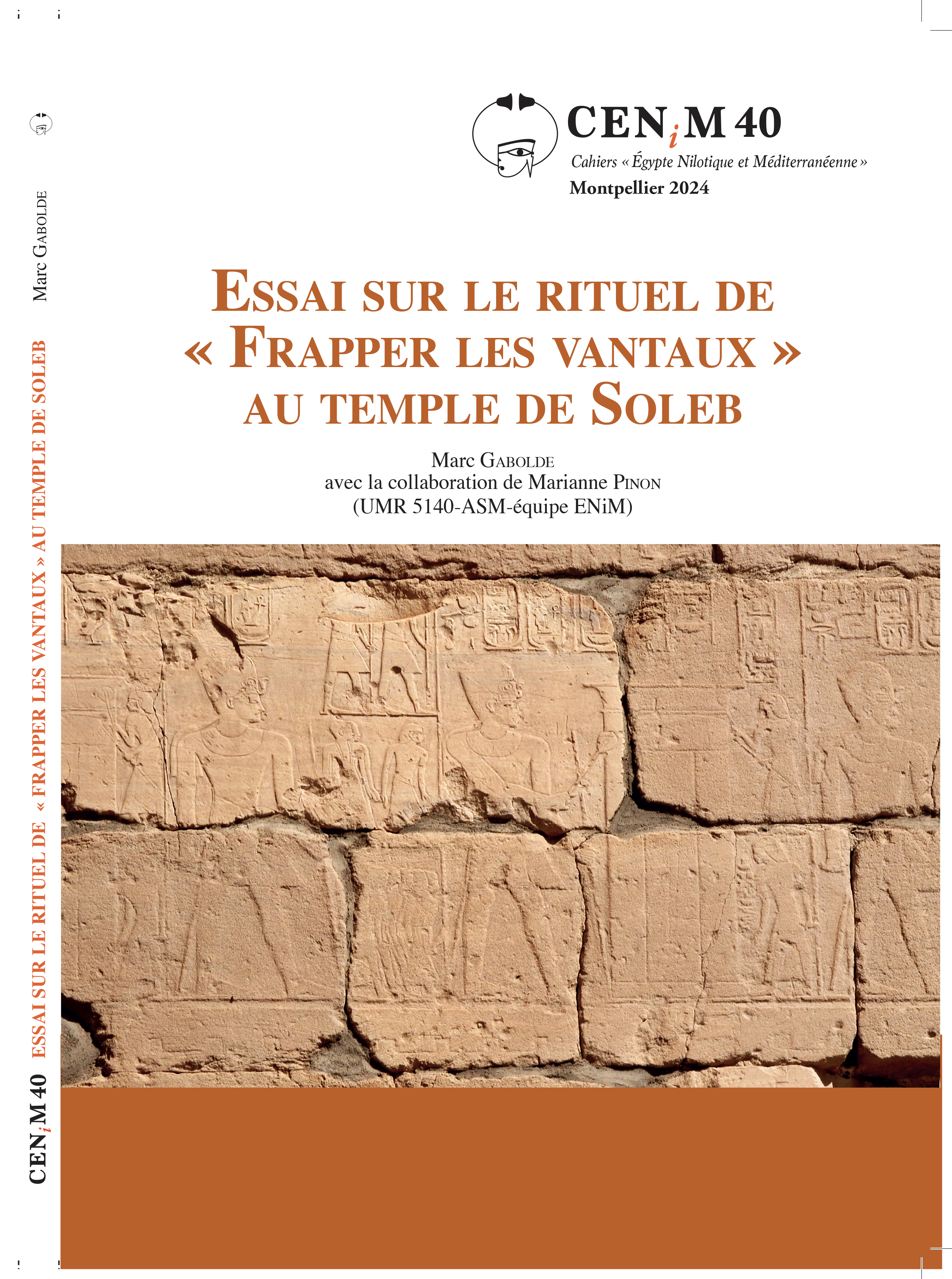
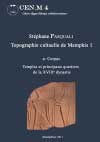
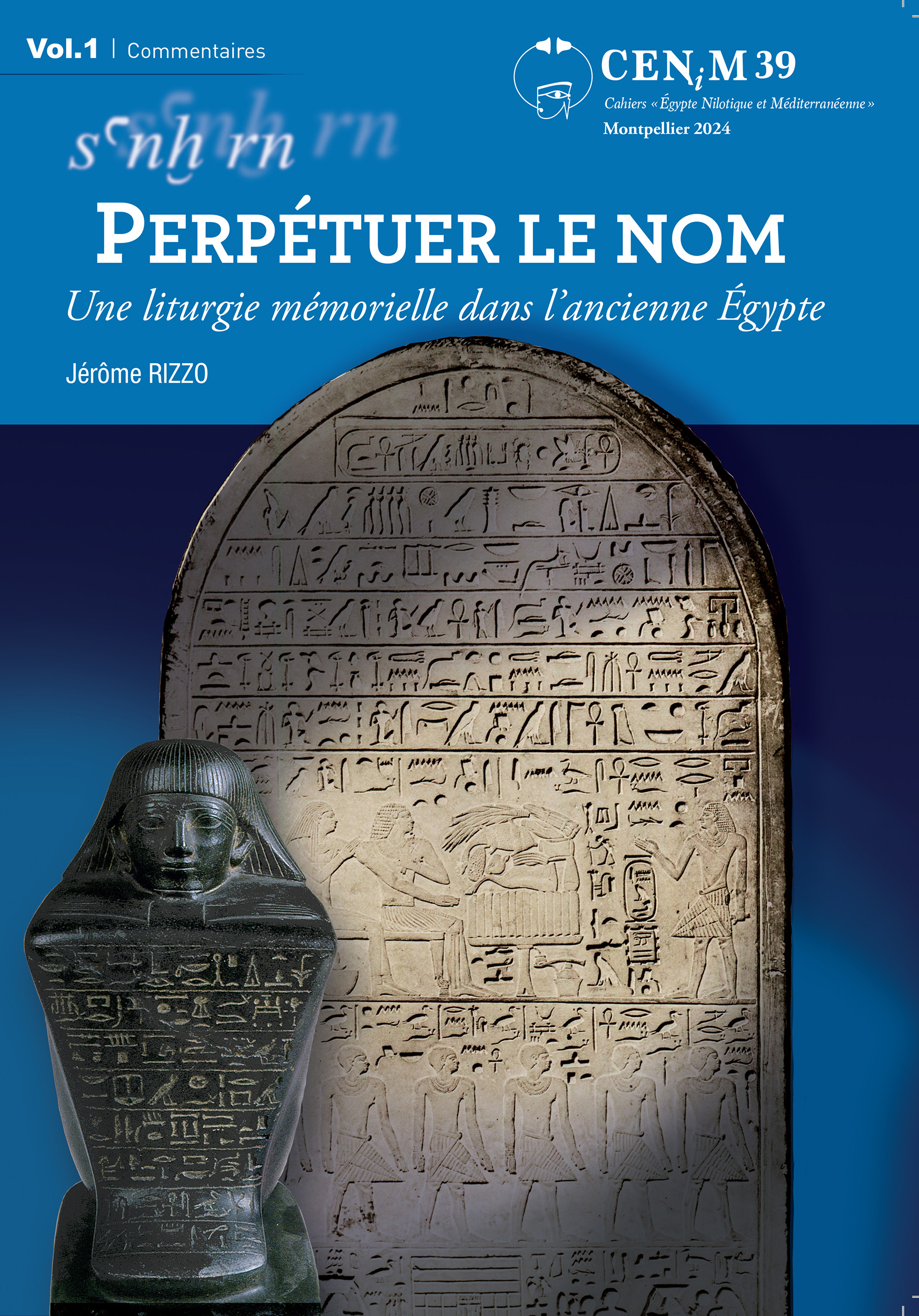
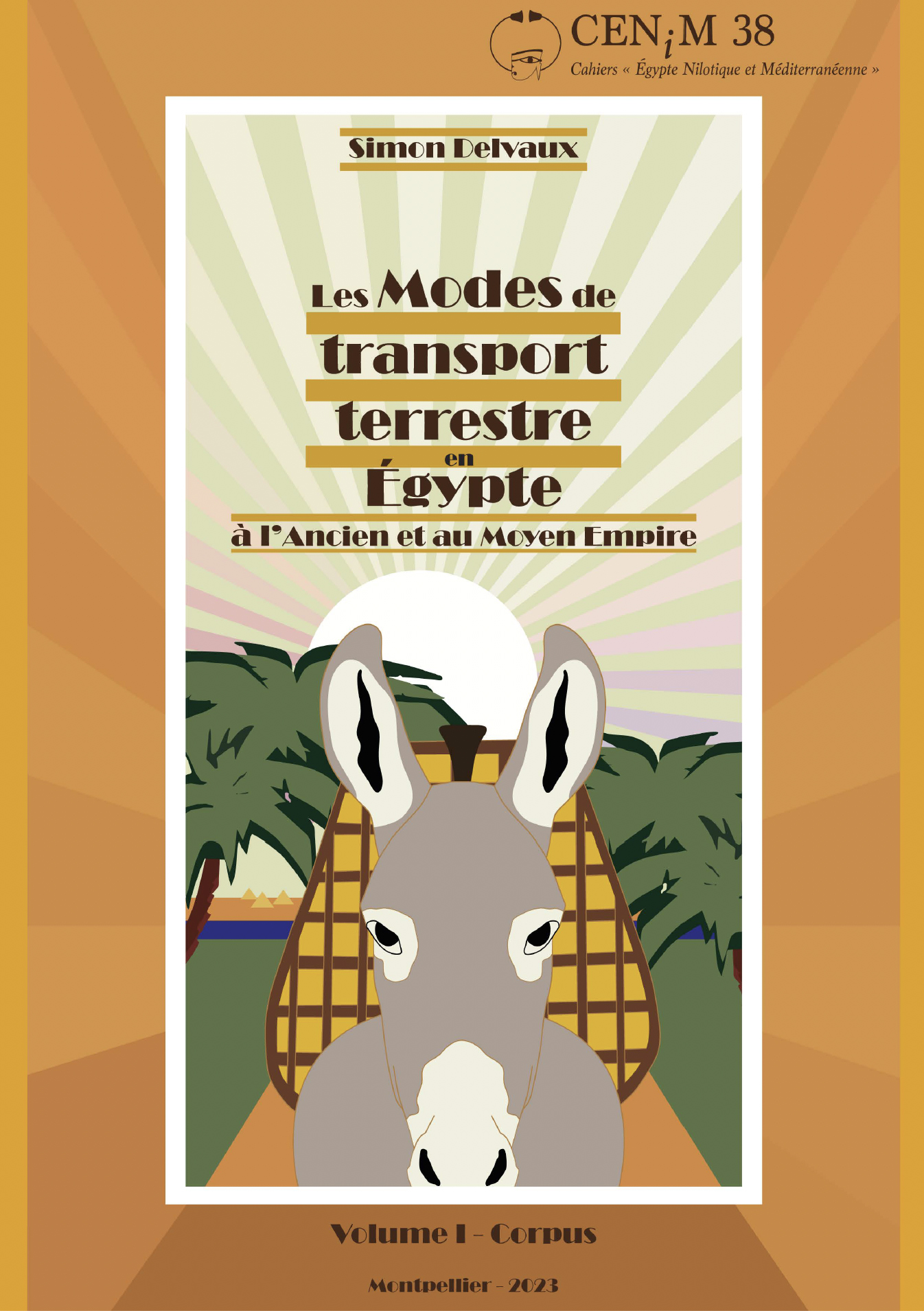
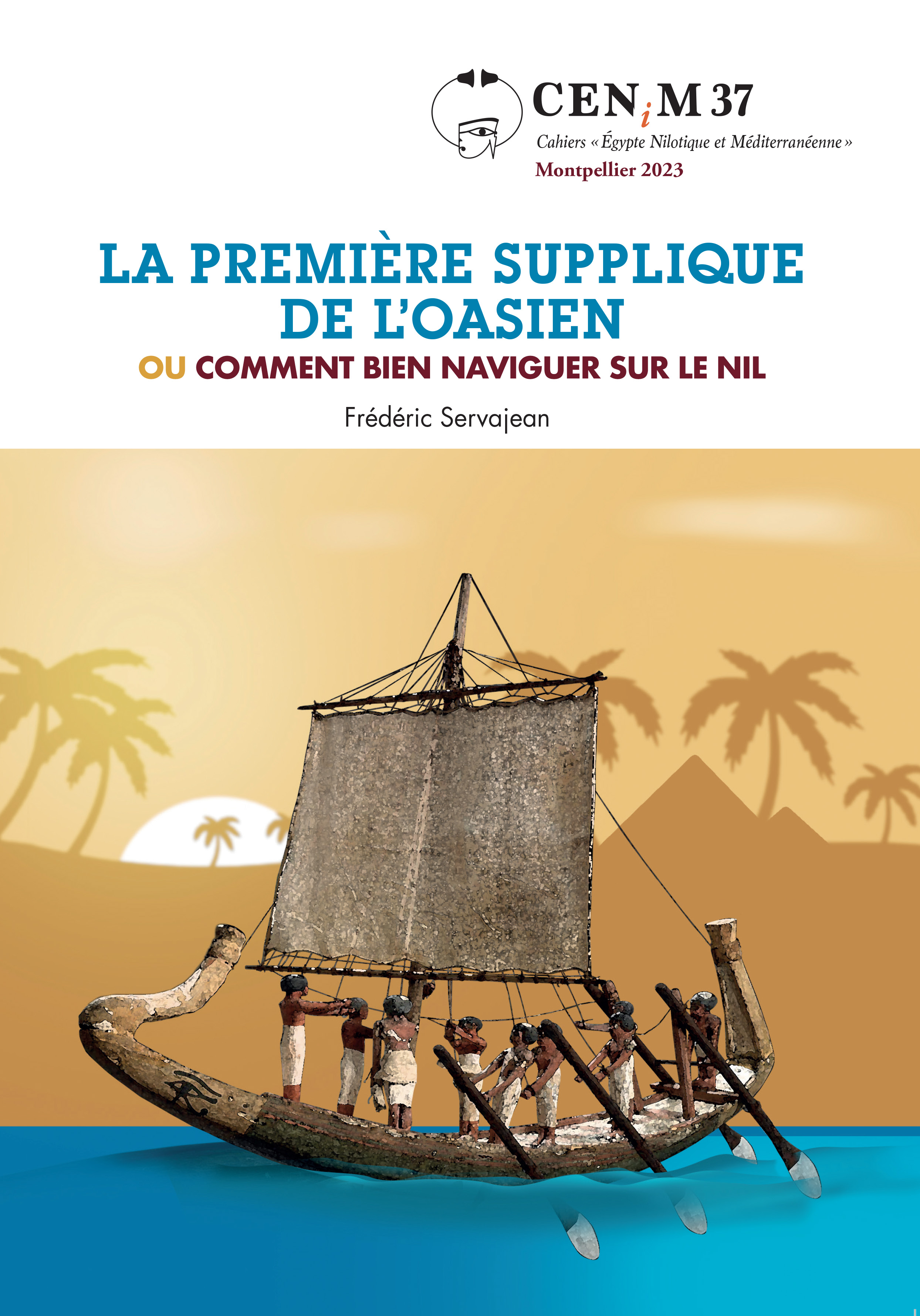
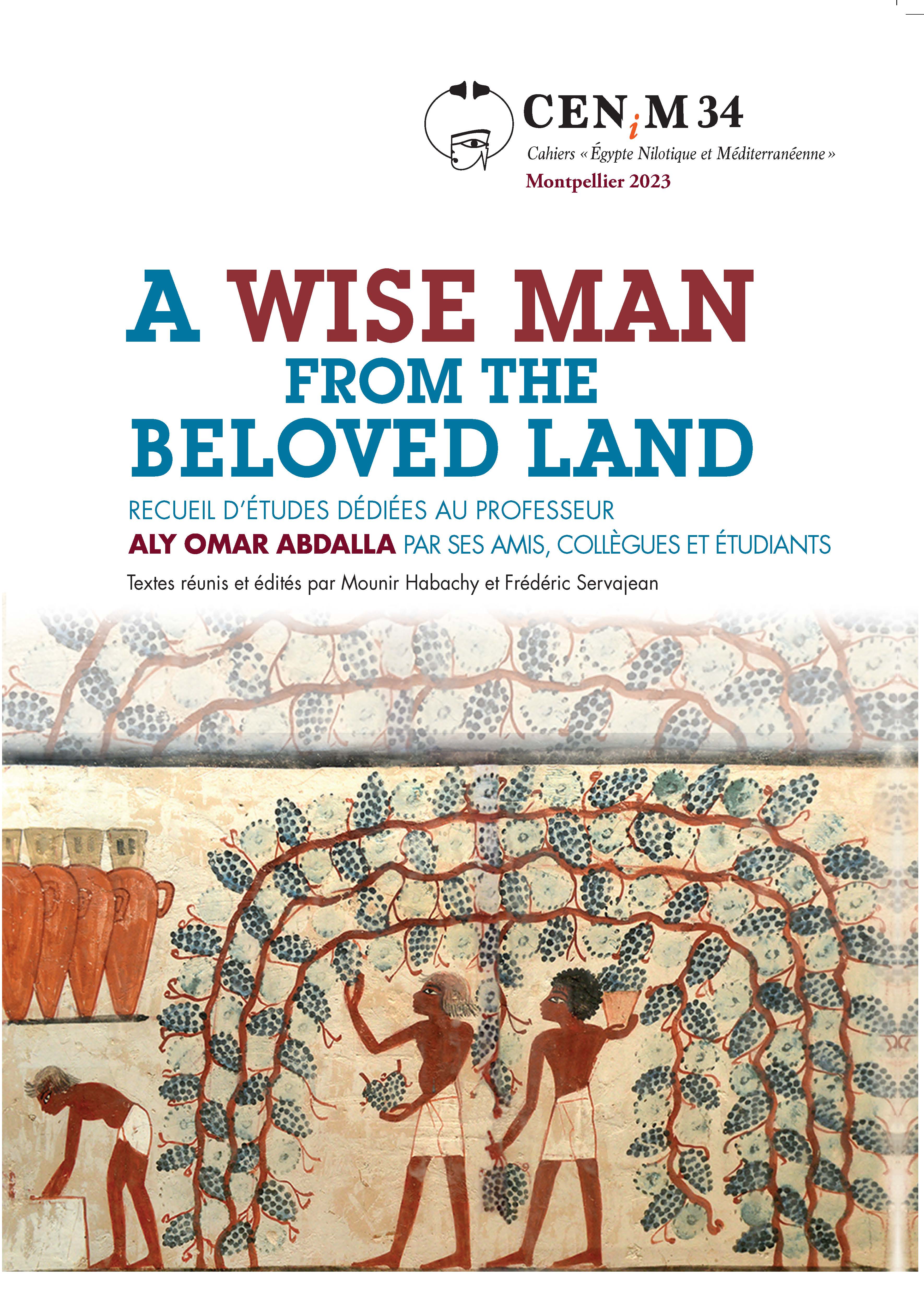
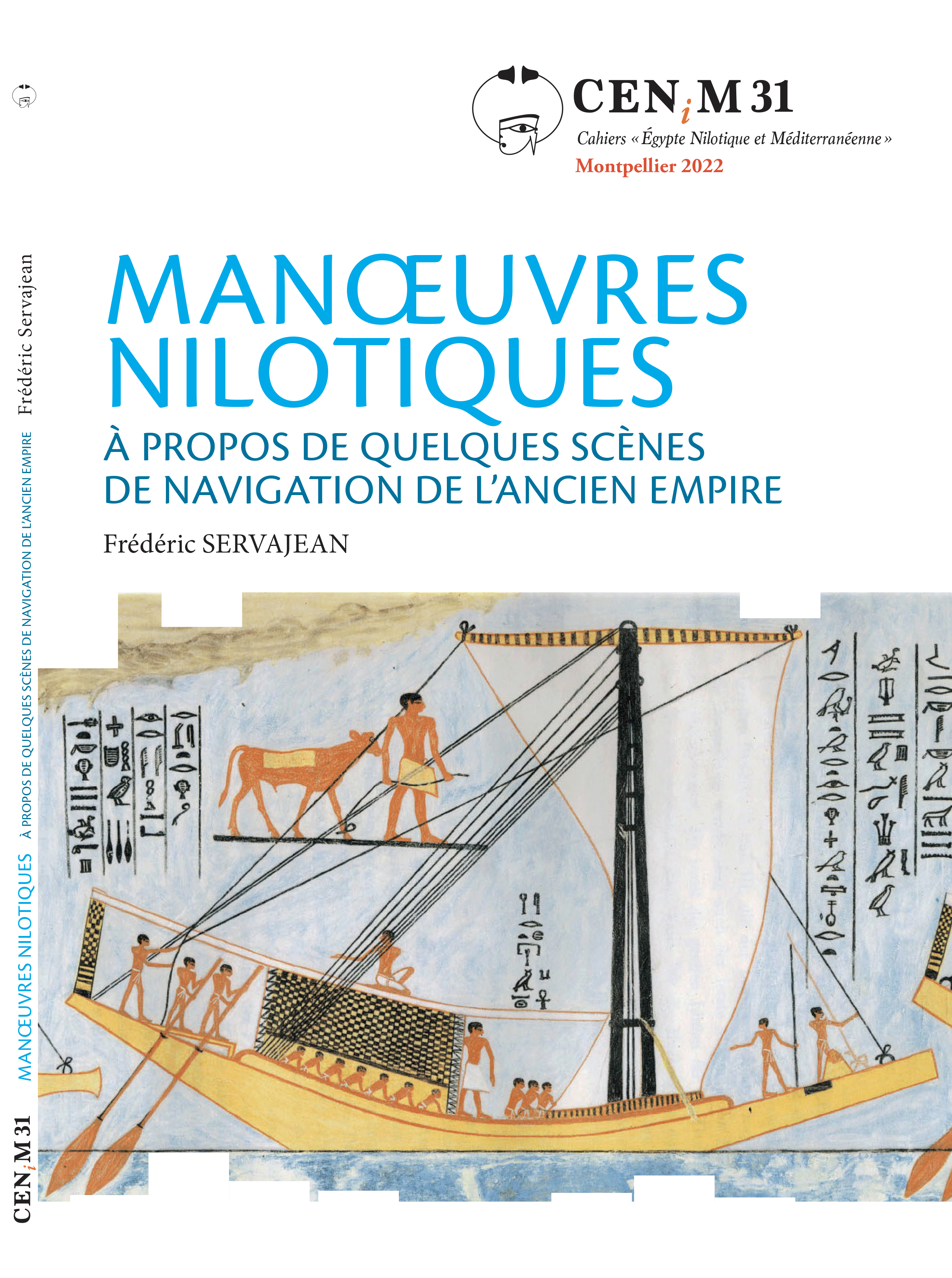
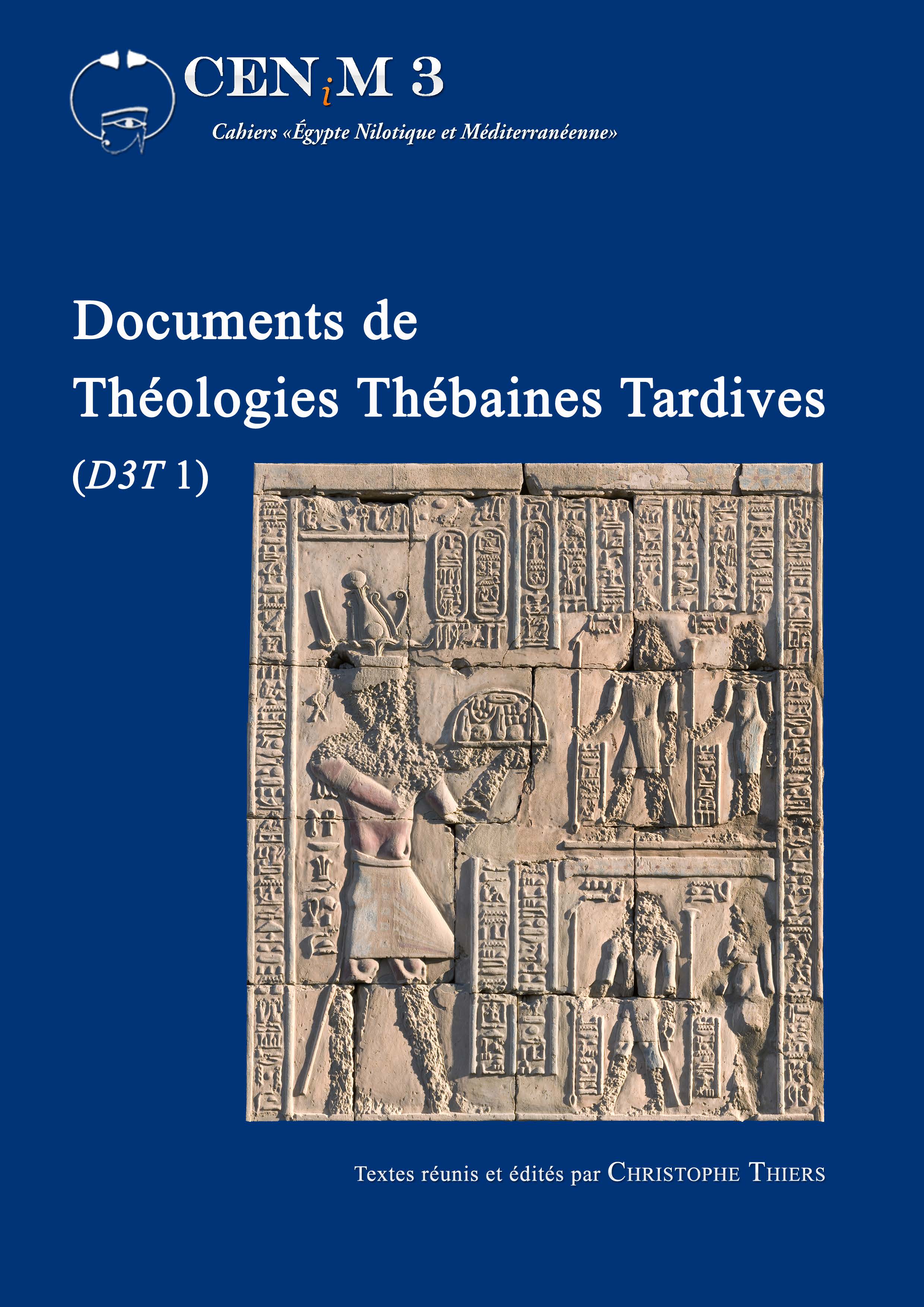
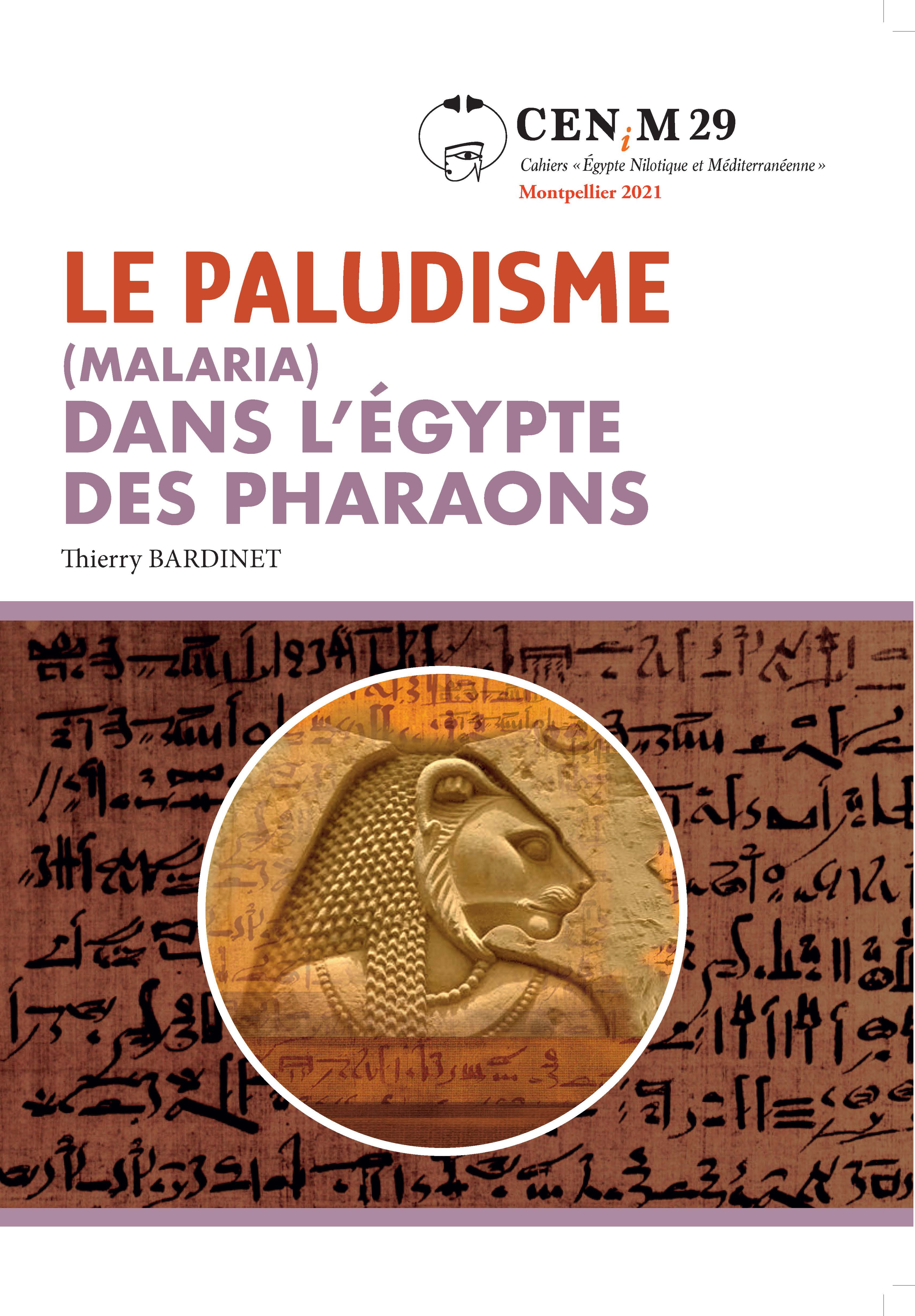
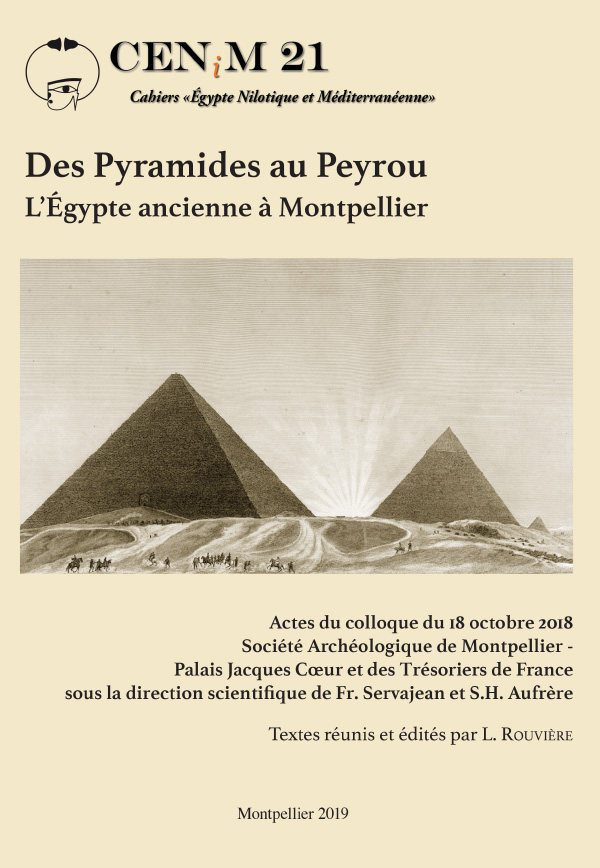
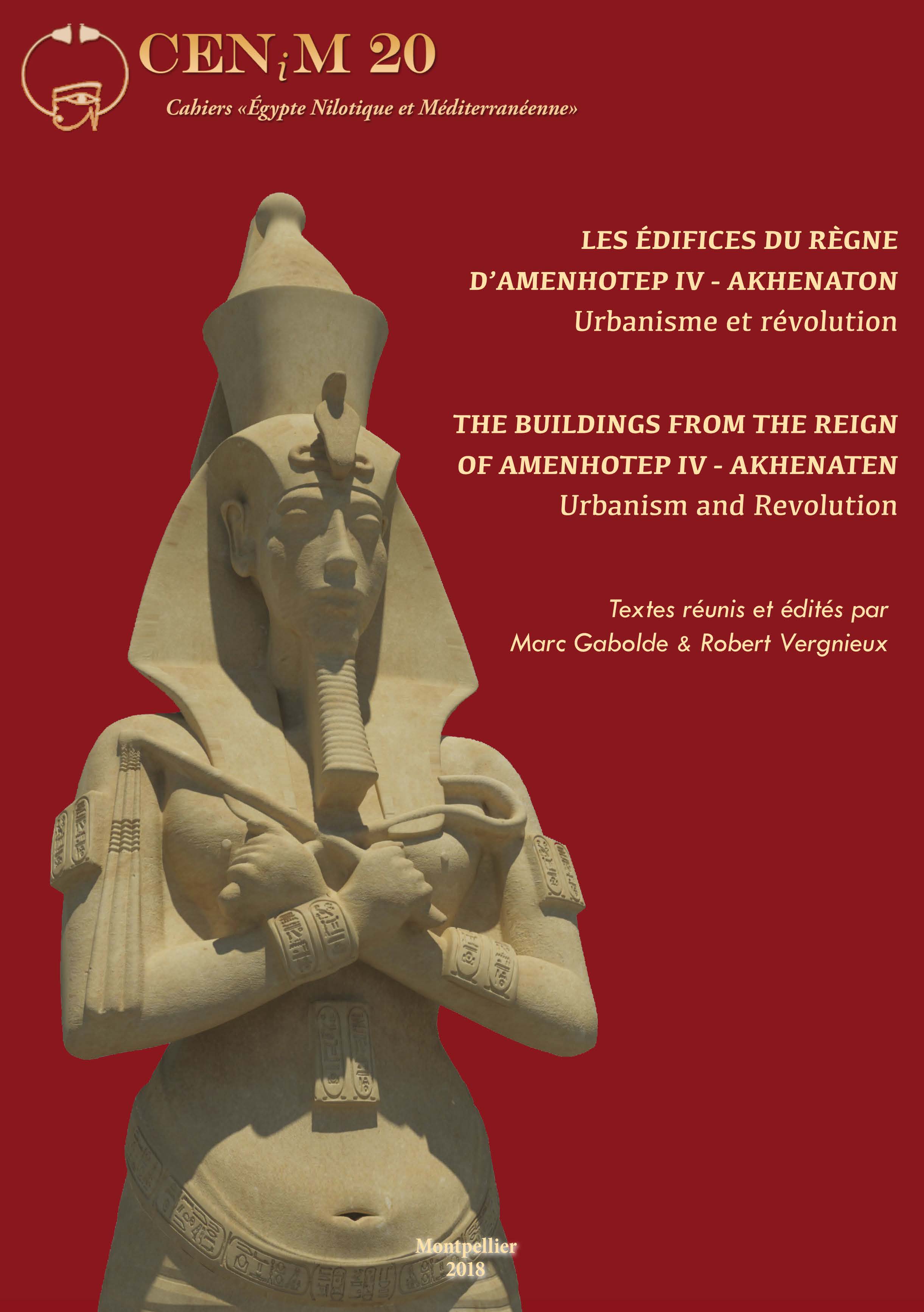
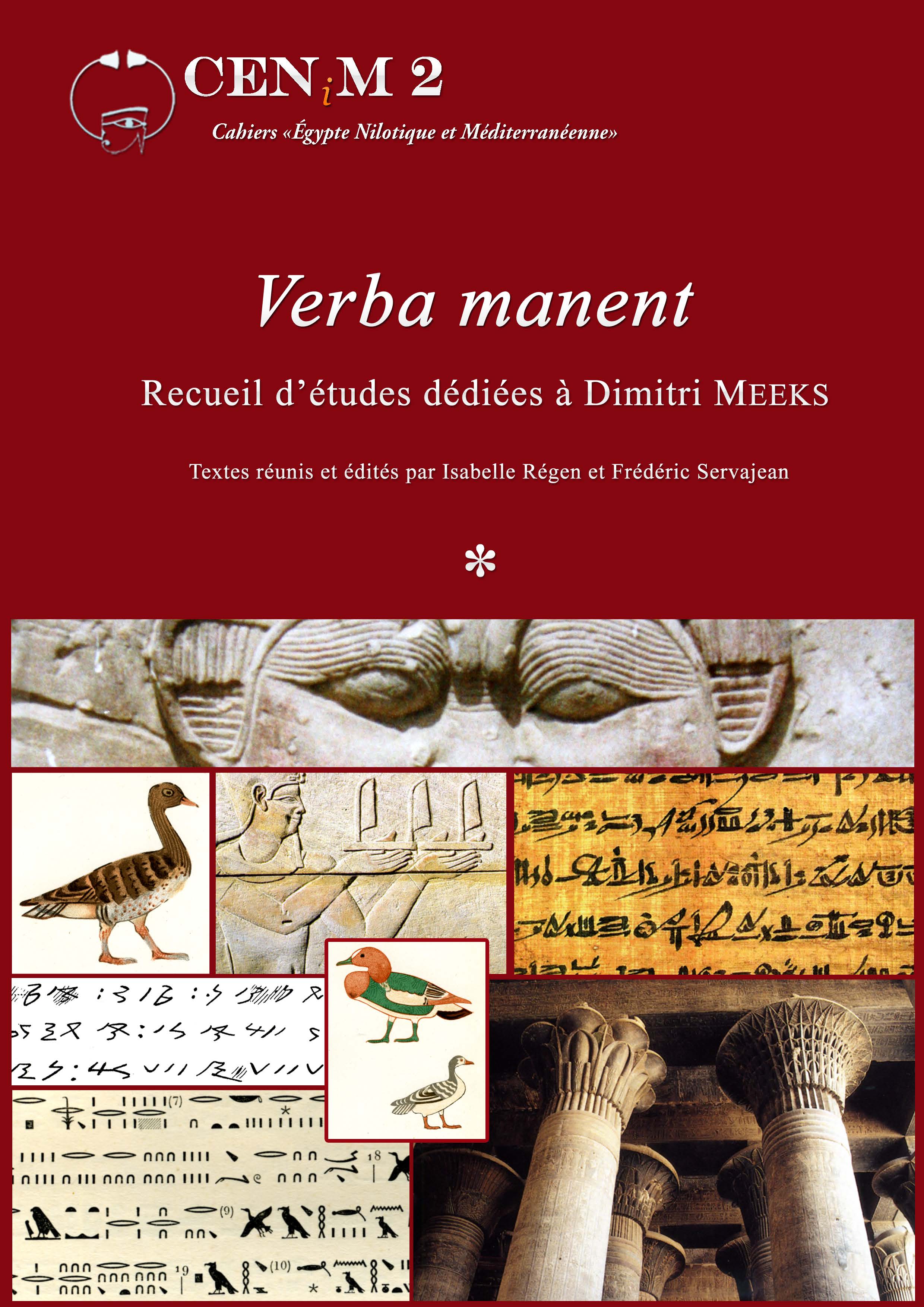
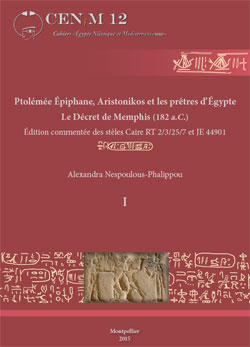
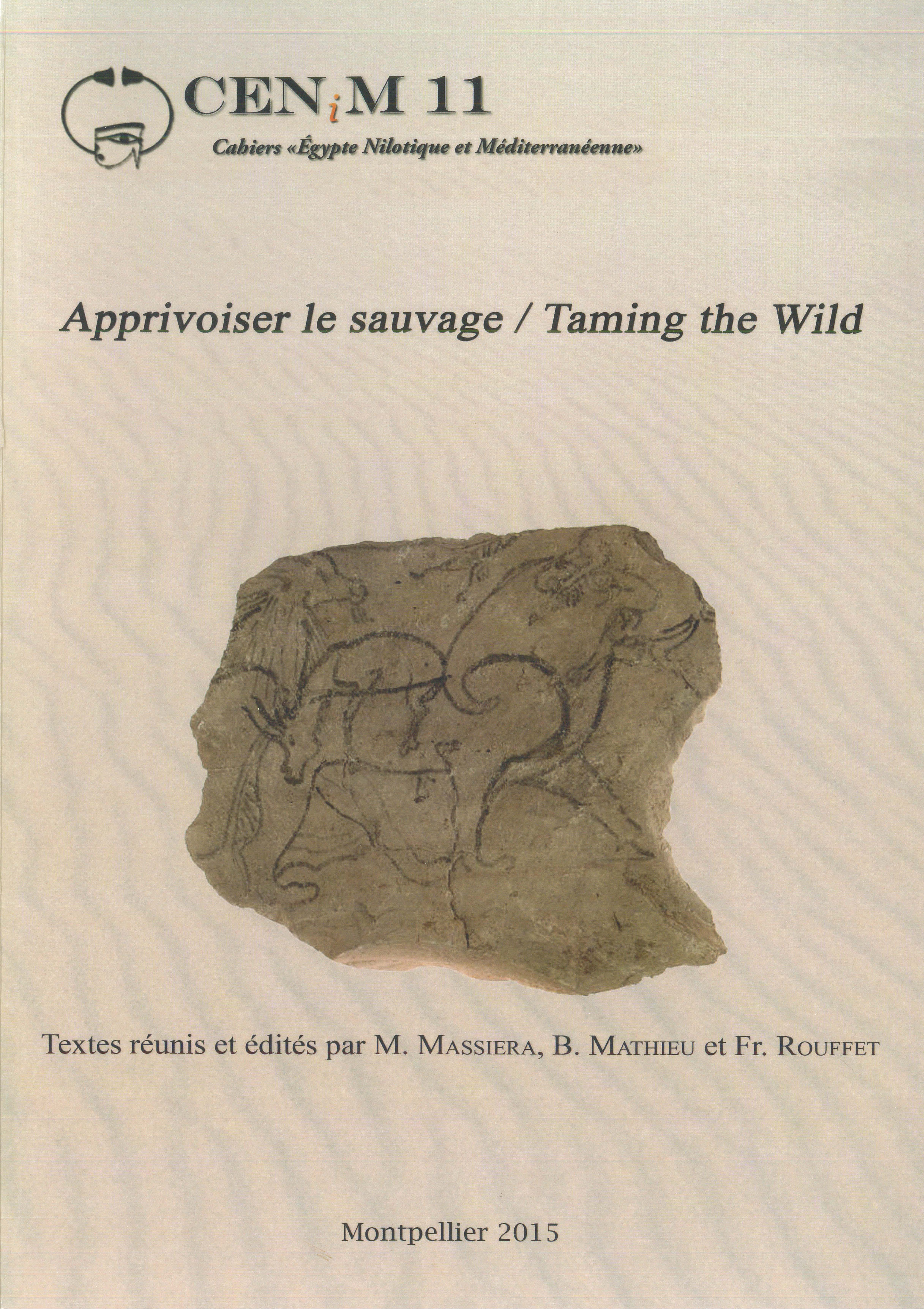

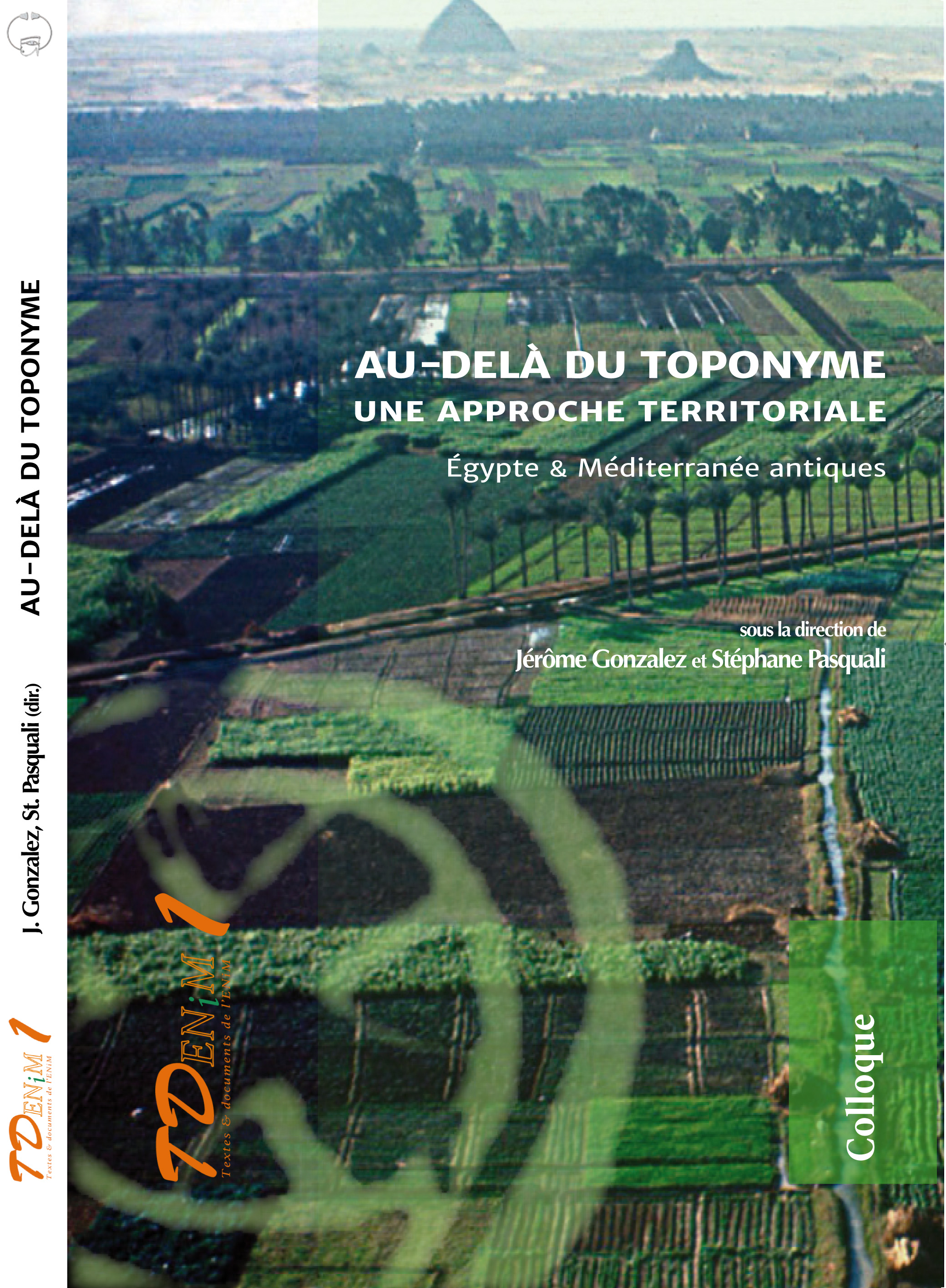
 Contact
Contact
 Abonnez-vous !
Abonnez-vous ! Équipe Égypte Nilotique et Méditerranéenne
Équipe Égypte Nilotique et Méditerranéenne UMR 5140 « Archéologie des Sociétés Méditerranéennes » (Cnrs)
UMR 5140 « Archéologie des Sociétés Méditerranéennes » (Cnrs) Université Paul Valéry - Montpellier III
Université Paul Valéry - Montpellier III